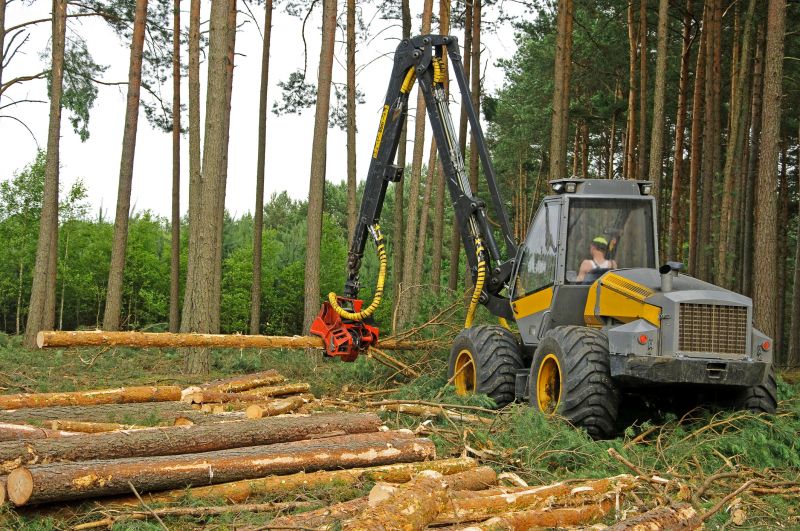Timely Forestry Cleanings for Land Health
Spring is often ideal for forestry cleanings as it prepares the land for the growing season and reduces fuel loads before dry summer months.
Fall cleanings help remove dead or diseased trees and prepare the forest for winter, minimizing damage from storms and pests.
Winter cleanings are suitable in colder regions when soil is frozen, making equipment operation easier and less damaging to the soil.

Heavy machinery performing forestry cleanings in a forested area.

Foresters assessing forest conditions during different seasons.

Removal of fallen branches and diseased trees to promote forest health.

Ways to make Forestry Cleanings work in tight or awkward layouts.

Popular materials for Forestry Cleanings and why they hold up over time.

Simple add-ons that improve Forestry Cleanings without blowing the budget.
| Season | Optimal Activities |
|---|---|
| Spring | Preparing land, reducing fuel loads, and promoting new growth. |
| Summer | Monitoring forest health and conducting light cleanings if necessary. |
| Fall | Removing dead trees, reducing fire risk, and preparing for winter. |
| Winter | Felling and clearing in frozen ground conditions to avoid soil disturbance. |
| Late Winter/Early Spring | Final cleanups before the growing season begins. |
Forestry cleanings involve removing excess vegetation, dead or diseased trees, and debris to maintain forest vitality. Proper timing ensures that these activities support forest regeneration, reduce wildfire hazards, and improve land management outcomes. Statistics indicate that timely cleanings can decrease wildfire severity by up to 60% and enhance habitat quality for wildlife.

Selective removal of trees to promote growth and reduce fire risk.

Clearing fallen branches and underbrush to prevent fire spread.

Post-cleaning forest showing improved spacing and health.

Machinery used for forestry cleanings in different seasons.
Interested in forestry cleanings? Filling out the contact form can provide more information and help plan effective management strategies tailored to specific land conditions.
